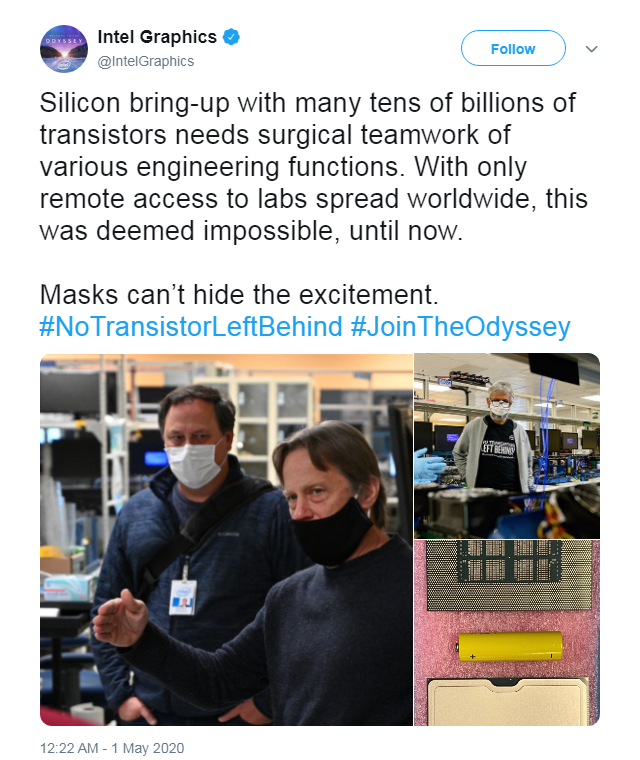Innovative Green Technologies Transforming Urban Landscapes

In recent years, cities around the globe have been grappling with the dual challenges of rapid urbanization and the pressing need for sustainability. As populations swell and climate change intensifies, urban planners and environmentalists are increasingly turning to innovative green technologies to create resilient, livable spaces. From vertical gardens to smart waste management systems, these advancements are not only enhancing the aesthetic appeal of urban areas but also significantly improving the quality of life for their inhabitants.
One of the most striking developments in urban landscaping is the rise of vertical gardens, also known as green walls. These living installations, which can be found in both residential and commercial buildings, are composed of various plants that grow on specially designed structures. Not only do they provide a lush, natural aesthetic, but they also offer numerous environmental benefits. Vertical gardens help to reduce air pollution by absorbing harmful pollutants and carbon dioxide. Furthermore, they act as natural insulators, lowering energy costs for heating and cooling.
Cities like Paris and Singapore have embraced vertical gardens as part of their broader commitment to sustainability. In Singapore, the famous Marina Bay Sands hotel features a stunning vertical garden that not only enhances the building’s design but also contributes to the city’s overall green space. The integration of nature into urban architecture is becoming a hallmark of modern city planning, and the positive feedback from residents and tourists alike is undeniable.
Another groundbreaking innovation is the implementation of smart waste management systems. Traditional waste disposal methods often lead to overflowing bins and unsightly litter, which can detract from the beauty of urban environments. However, cities such as Barcelona and Amsterdam are adopting smart bins equipped with sensors that monitor waste levels in real-time. These bins communicate with waste management services, optimizing collection routes and pandemicaidnetworks.org schedules based on actual need rather than fixed intervals. This not only reduces operational costs but also minimizes the carbon footprint associated with waste collection.
Moreover, smart waste management systems can incorporate recycling and composting initiatives, further promoting sustainability. By making waste disposal more efficient, cities can encourage residents to adopt environmentally friendly practices, ultimately leading to a cleaner and greener urban landscape.
In addition to these technologies, urban planners are increasingly recognizing the importance of green roofs. These systems involve the installation of vegetation on rooftops, transforming unused spaces into vibrant ecosystems. Green roofs offer numerous benefits, including reducing the urban heat island effect, improving air quality, and providing habitats for local wildlife. They also help to manage stormwater runoff, which can be a significant issue in densely populated areas.
Cities such as New York and Toronto have implemented policies to incentivize the construction of green roofs. In New York, the Green Roof Tax Abatement program encourages building owners to install green roofs by offering tax reductions, while Toronto has mandated green roofs on new developments over a certain size. These initiatives not only enhance the livability of urban areas but also contribute to the overall health of the environment.
Furthermore, the integration of renewable energy sources into urban infrastructure is becoming increasingly common. Solar panels, wind turbines, and other forms of clean energy are being incorporated into buildings and public spaces, reducing reliance on fossil fuels and decreasing greenhouse gas emissions. Cities like San Diego and Copenhagen are leading the way in renewable energy adoption, with ambitious goals to become carbon neutral in the coming decades.
In San Diego, the city has implemented a comprehensive solar energy plan that encourages homeowners and businesses to install solar panels. This initiative not only reduces energy costs for residents but also contributes to the city’s overall sustainability goals. Similarly, Copenhagen has invested heavily in wind energy, with a goal of becoming the world’s first carbon-neutral capital by 2025. These efforts demonstrate the potential for cities to lead the charge in the transition to a sustainable future.
As urban areas continue to evolve, the role of technology in shaping their landscapes cannot be overstated. Smart city initiatives are gaining traction, with cities leveraging data and technology to improve urban living. From traffic management systems that optimize flow to apps that help residents locate green spaces, the integration of technology into urban planning is enhancing the overall quality of life.
Cities like Barcelona have embraced the smart city concept, utilizing data analytics to improve public services and infrastructure. By monitoring traffic patterns, energy usage, and public transportation, city officials can make informed decisions that benefit residents and reduce environmental impact. This data-driven approach is paving the way for more sustainable and efficient urban environments.
However, the implementation of these green technologies is not without its challenges. Funding and political will are often significant barriers to the adoption of innovative solutions. Additionally, there is a need for collaboration between government agencies, private sector stakeholders, and local communities to ensure that these initiatives are effective and equitable.
Public awareness and education play a crucial role in the success of green technologies as well. As residents become more informed about the benefits of sustainable practices, they are more likely to engage in initiatives that promote environmental stewardship. Community programs that encourage participation in urban gardening, recycling, and renewable energy adoption can foster a culture of sustainability and inspire individuals to take action.
In conclusion, the integration of innovative green technologies is transforming urban landscapes, making them more sustainable and livable. From vertical gardens to smart waste management systems, cities are embracing a new era of urban planning that prioritizes environmental health and quality of life. As these advancements continue to evolve, they hold the promise of creating resilient urban environments that can withstand the challenges of the future. The journey towards sustainable cities is just beginning, and with continued investment and collaboration, the vision of greener, healthier urban spaces can become a reality for generations to come.